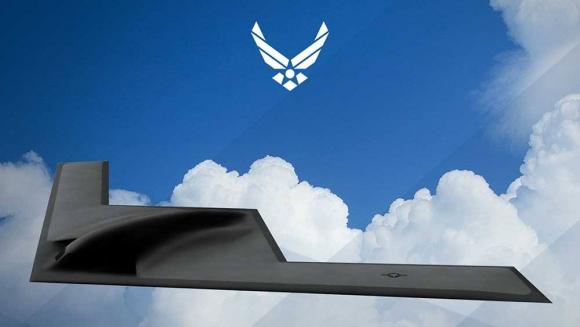Given classified. The Armed Forces Commission of the United States Senate, in a closed vote, decided to classify the development costs of the new B-21 bomber. The proposal to make the entire fiscal aspect of the development process top secret was approved with 19 votes in favor and 7 against.
From this moment, simply put the phrase "top secret" to hide the costs incurred from public opinion.
The Air Force, which was anxious to keep the costs secret, motivates this choice for national security reasons. Revealing the real cost, according to the USAF, it would give the enemy the ability to deduce some features of the platform, such as dimensions for example. Motivation that could be valid for certain aspects (such as cost-size correlation), questionable for others (proportions should take into account the new generation miniaturization and the new materials used).
Last year, the cost communicated by the Air Force for the B-21 program was 33,1 billion. This year the figure has been adjusted to 58,4 billion dollars. The difference in the estimates was attributed to an incorrect initial assessment. In any case not final. In addition to the acquisition, the Pentagon will incur development costs. The latter are now covered by military secrecy.
The B-21 designation identifies the LRS-B as the first 21 century bomber. The B-21 was designed from the outset based on a series of requirements that allow the use of pre-existing technology. That's why the B-21 should be very similar to the B-2. The B-21 is developed by Northrop Grumman, which won on the proposal of the flying wing advanced by the Boeing / Lockheed Martin team.
The first Air Force contract provides for the purchase of five lots for a total of 21 aircraft at the cost of 21,4 billion dollars. The Air Force expects to reach the Initial Operational Capacity by the middle of the 2020. Each bomber will cost 564 million dollars for a fleet of 100 next-generation aircraft and a total cost of 58,4 billion dollars. The supply will not be reduced (acquisition guaranteed by law), so as not to repeat the error B-2, for an order of 132 planes brought only to 21 with exorbitant costs.
It is confirmed that the B-21 will be assembled in Palmdale, in the same plants where the B-1 and the B-2 (built by Northrop) were built. The Air Force, which secreted development costs, obtained a sort of victory, pressing for a force of at least 150 bombers ready to fight compared to that provided by the Department of Defense.
Congress seems not to want to go beyond the hundred B-21. According to the published specifications (the few that are not classified), the B-21 has been designed to hit any part of the world taking off from American territory. The payload capacity will be less than the B-2, a gap that will be filled with the massive use of new generation smart weapons. In this way, the offensive capacity of the B-21 will be comparable to that of the B-2. Some aerodynamic solutions of the B-2 could also be used in the B-21.
Another great feature of the B-21 will be its complete integration into various military networks, including orbital reconnaissance systems. The off-board systems for collecting targeting data and for electronic countermeasures will be decisive. The long-range subsonic bomber will be able to perform both conventional and nuclear roles. Reference is also made to the "aircraft unmanned by human operators". It should be noted that for the new Long Range Strike-Bomber, "a certain level of artificial intelligence" had been hypothesized several times.
The Initial Operating Capacity for conventional roles will be declared with the human component on board. With Full Operational Capability, two years later, the B-21 will be able to carry out deterrent missions. Subsequently, the B-21 will be unmanned. It is confirmed that the human component will be present in the first exemplary 21, which fall within the first batch. The B-21 will retire both B-52 and B-1 bombers. The latter will remain in service until 2040.
(image: USAF)












